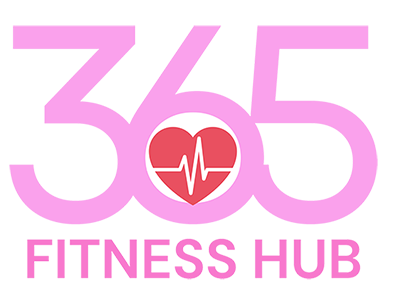The Best Time of Day to Exercise: Finding Your Ideal Workout Window
When it comes to fitness, one of the most common questions is: “What is the best time of day to exercise?” The answer isn’t one-size-fits-all; it varies based on individual preferences, schedules, and body rhythms. Understanding the pros and cons of different workout times can help you make the best choice for your lifestyle. Here’s a closer look at the various times to exercise and how to determine what works best for you.
Morning Workouts
Benefits:
Boosts Metabolism: Exercising in the morning can kickstart your metabolism, helping you burn more calories throughout the day.
Increases Energy Levels: Morning workouts can energize you for the day ahead and improve your mood.
Establishes Consistency: Getting your workout done early can help you stick to a routine, as it’s less likely to be interrupted by daily distractions.
Considerations:
Body Temperature: Your body temperature is lower in the morning, which can affect performance. A longer warm-up may be necessary.
Sleep Needs: If you’re not a morning person, forcing yourself to exercise early could lead to fatigue or burnout.
Afternoon Workouts
Benefits:
Peak Performance: Many people experience increased strength and endurance in the afternoon due to elevated body temperature and muscle function.
Stress Relief: A midday workout can serve as a great way to relieve stress and refresh your mind, making you more productive for the rest of the day.
Social Opportunities: Gyms and fitness classes may be more populated, providing opportunities to socialize and stay motivated.
Considerations:
Time Constraints: Afternoon workouts might be challenging for those with rigid work schedules or family commitments.
Energy Dips: Some people may experience an afternoon slump, making it harder to find the motivation to exercise.
Evening Workouts
Benefits:
Stress Relief: Exercising after a long day can help relieve accumulated stress and unwind.
Greater Flexibility: Your body is typically more flexible and responsive later in the day, which can lead to improved performance and reduced injury risk.
Social Environment: Evening classes or group workouts can create a sense of community and motivation.
Considerations:
Sleep Disruption: For some, exercising too close to bedtime can interfere with sleep quality. It’s essential to find the right balance.
Consistency Issues: Evening plans can be more unpredictable, making it harder to stick to a routine.
Factors to Consider
Personal Preference
Ultimately, the best time to exercise is when you enjoy it the most. If you’re a morning person, you might thrive on early workouts, while night owls may perform better in the evenings.
Lifestyle and Schedule
Consider your daily commitments, work hours, and family obligations. Finding a time that fits seamlessly into your schedule will increase the likelihood of consistency.
Goals
Your fitness goals may also influence your timing. For instance, if you’re training for a specific event, you might want to align your workouts with when that event will occur.
Body Responses
Pay attention to how your body feels at different times of the day. Some people may experience optimal performance in the morning, while others may feel stronger in the afternoon or evening.
Conclusion
There’s no universally “best” time to exercise; it largely depends on individual preferences, lifestyles, and physical responses. The key is to choose a time that fits your schedule, energizes you, and encourages consistency. Whether you prefer morning, afternoon, or evening workouts, the most important factor is to stay active and enjoy your fitness journey. Remember, the best workout is the one that you’ll stick with, so find your perfect time and make it a part of your daily routine!

